- English
- Español
- Português
- русский
- Français
- 日本語
- Deutsch
- tiếng Việt
- Italiano
- Nederlands
- ภาษาไทย
- Polski
- 한국어
- Svenska
- magyar
- Malay
- বাংলা ভাষার
- Dansk
- Suomi
- हिन्दी
- Pilipino
- Türkçe
- Gaeilge
- العربية
- Indonesia
- Norsk
- تمل
- český
- ελληνικά
- український
- Javanese
- فارسی
- தமிழ்
- తెలుగు
- नेपाली
- Burmese
- български
- ລາວ
- Latine
- Қазақша
- Euskal
- Azərbaycan
- Slovenský jazyk
- Македонски
- Lietuvos
- Eesti Keel
- Română
- Slovenski
- मराठी
- Srpski језик
Saudi Arabia, Oman and the United Arab Emirates are accelerating the development of hydrogen energy industries
2023-06-26
In the context of energy transition, hydrogen energy, as one of the ideal clean energy, has been paid more and more attention. A consortium led by PoSCO has won a $6.7 billion deal to develop a green hydrogen project in Oman. Posco is the largest shareholder in the consortium developing the project, with a 28 per cent stake. Samsung, which holds a 12% stake, is expected to lead the engineering, procurement and construction of the hydrogen plant. Another 24 percent is held by two unnamed South Korean state-owned power companies, 25 percent by France's Engie and 11 percent by Thailand's state-owned oil company PTTEP.
Oman, with its high-quality renewable energy resources and vast available land, is on track to become the sixth largest hydrogen exporter globally and the largest in the Middle East by 2030, according to a report released by the International Energy Agency. Currently, natural gas accounts for 95% of Oman's electricity generation. In 2022, Oman proposed a goal of achieving net zero emissions by 2050. Oman's hydrogen project will use electrolysers powered by renewable electricity to extract hydrogen from desalinated sea water. Oman has set up a state-owned enterprise, Oman Hydrogen Energy Company, to develop a hydrogen strategy.
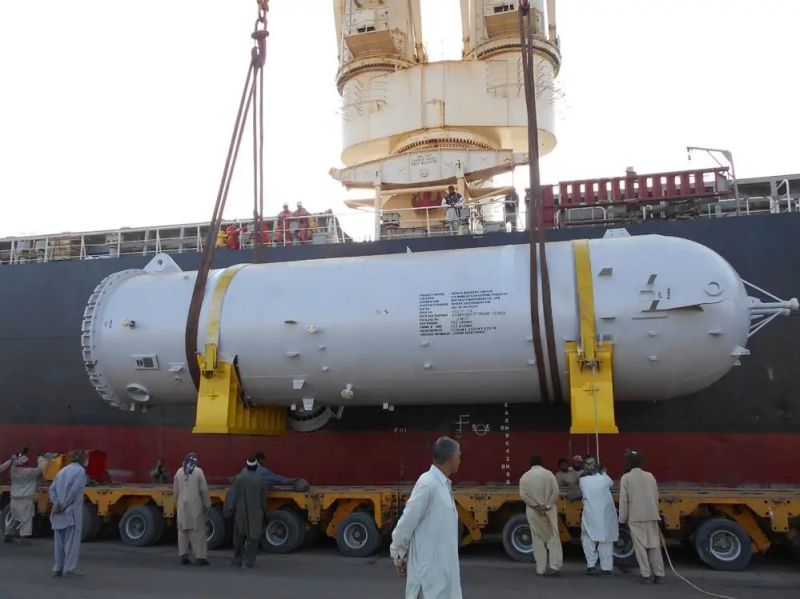
The six countries of the Gulf Cooperation Council (GCC) - Saudi Arabia, Kuwait, Bahrain, Qatar, the United Arab Emirates and Oman - all have abundant solar energy and large amounts of unused land, which provides excellent conditions for the production of blue hydrogen (produced from natural gas to capture carbon dioxide through carbon capture) and green hydrogen (produced through renewable energy).
Hydrogen accelerates development
At present, GCC countries, especially Saudi Arabia, the UAE and Oman, are pursuing hydrogen economy initiatives, and adequate funding, top-down decision-making and existing infrastructure make GCC countries pioneers in developing a hydrogen economy.
At the end of May 2023, the second Energy Storage Forum, jointly organized by the Gulf Cooperation Council Interconnection Authority (GCCIA) and EPRI, an independent non-profit energy research and development organization, took place in Dubai. With the theme of promoting the Energy transition path of the 28th United Nations Climate Change Conference (COP28), the Forum urged global financial institutions to invest in energy storage technologies and support green and renewable energy, with a special emphasis on hydrogen storage. Renewable power generation is expected to reach 80 percent of the global energy mix by 2050, but will require annual investment of about $1.5 trillion in energy supply and production by 2035, according to data released by the Forum. At present, more than 1,000 hydrogen energy projects have been announced worldwide, and investment will reach $320 billion by 2030, and hydrogen energy continues to gain momentum across the world.
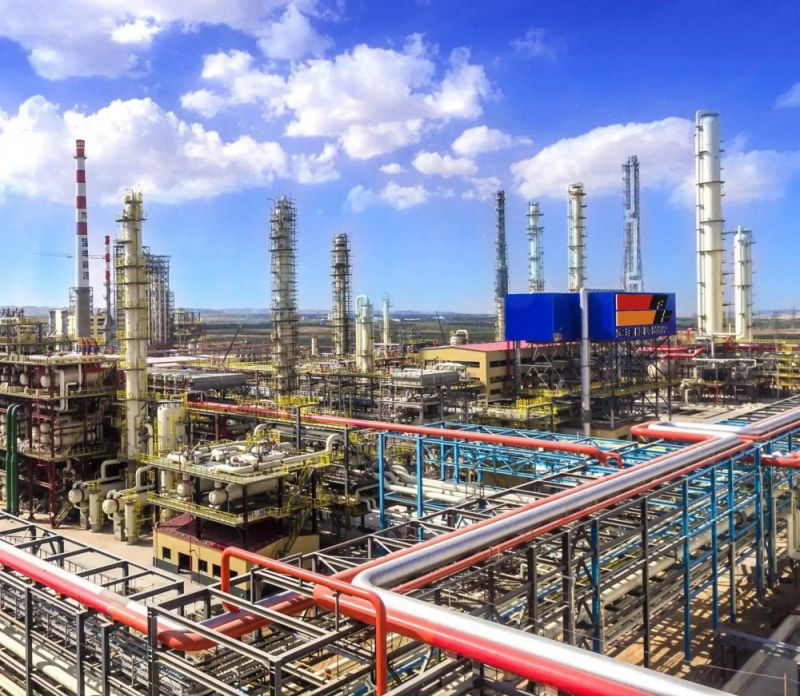
Ahmed Ibrahim, CEO of GCCIA, stressed that the successful integration of renewable energy into existing power grids requires efficient and reliable energy storage solutions, and that energy storage technology plays a key role in addressing the intermittency of renewable energy. One of the most promising energy storage solutions is hydrogen storage, which has received a lot of attention as a clean and versatile fuel capable of generating electricity through fuel cells and providing storage for excess renewable energy. Experts at the conference believe that green finance is growing exponentially in the Middle East and globally, and financial institutions have a unique opportunity to become leaders in sustainable investment by supporting energy storage technologies. By allocating resources and capital to these projects, they can drive innovation, accelerate the deployment of clean energy solutions, and pave the way for a greener, more resilient future.
Saudi Arabia leads the way
Saudi Arabia's hydrogen policy is closely aligned with Vision 2030, a comprehensive transformation plan for the Saudi economy, launched in 2016 and led by Crown Prince Mohammed bin Salman, whose strategic goals call for a significant increase in domestic value creation, non-oil exports, renewable energy, and the gas industry. NEOM New City is a new city of the future within the framework of Saudi Arabia's Vision 2030, with a planned area of 26,500 square kilometers and a total investment of $500 billion. The city will focus on nine major industries, including energy and water, biotechnology, food and clean manufacturing, and will be powered entirely by renewable energy. In October 2021, Saudi Arabia announced its intention to become the world's largest hydrogen producer. NEOM Green Hydrogen has been established to coordinate the development, financing, design, engineering, procurement, manufacturing and plant testing of green hydrogen and green ammonia plants, ready to begin round-the-clock operations in 2026.
David Edmondson, CEO of the company, said: "We are building the largest green hydrogen production plant in the world, as the first of its kind, there is no other similar facility in the world to refer to, and we are exploring uncharted territory in the field of green hydrogen and sustainable energy. The massive plant, a joint venture between ACWA Power, Air Products and NEOM, will harness up to 4 GW of solar and wind power to produce 1.2 million tonnes of green ammonia a year. On May 22, 2023, NEOM Green Hydrogen announced that it has signed financing agreements totaling $8.4 billion with 23 local, regional and international banks and financial institutions to finance its clean energy facilities. On June 6, 2023, the NEOM Green Hydrogen project received its first sustainability guarantee from the UK bank Standard Chartered, which agreed to provide financial support to its contractor Larsen&Toubro to build the necessary renewable energy infrastructure.
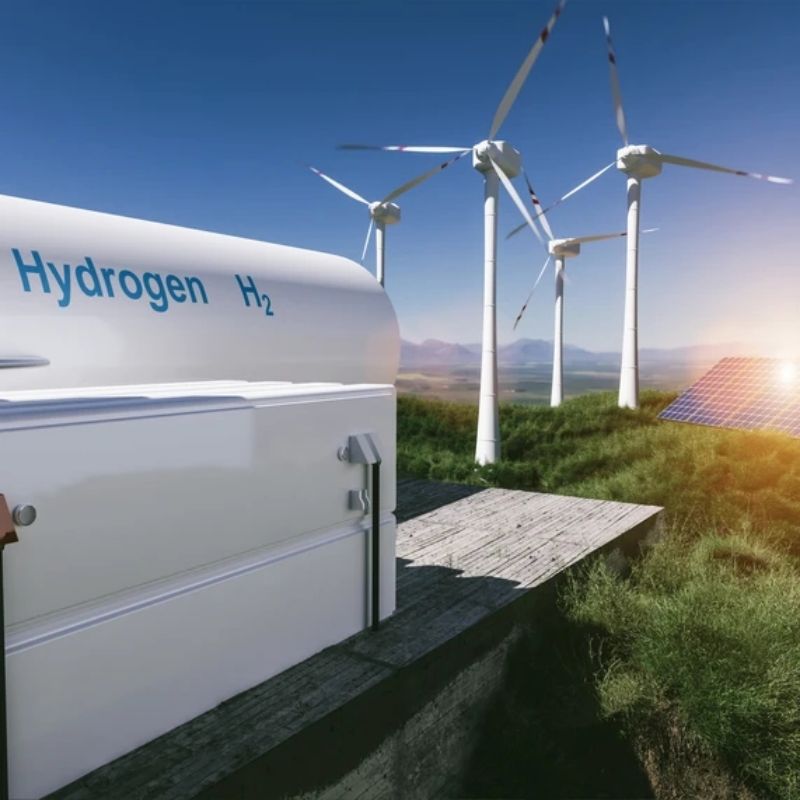
Edmondson noted that the strong support from the investment community shows the great potential of the project to lead the world's hydrogen revolution in the future, and that the MENA region has the full potential to become a global renewable energy powerhouse. As dependence on fossil fuels wanes and demand for clean energy increases, the region has an opportunity to take a major position in green hydrogen, green ammonia and low-carbon fuels, as well as build world-class infrastructure and internationally recognized certification systems.
In addition, Saudi Arabia also plans to produce blue hydrogen from shale gas in the country's eastern province. In October 2021, Saudi officials announced that the $110 billion Jafar oil field will be used to produce blue hydrogen, upgrading the existing hydrogen production plant in Jubayra Industrial City to produce blue hydrogen.
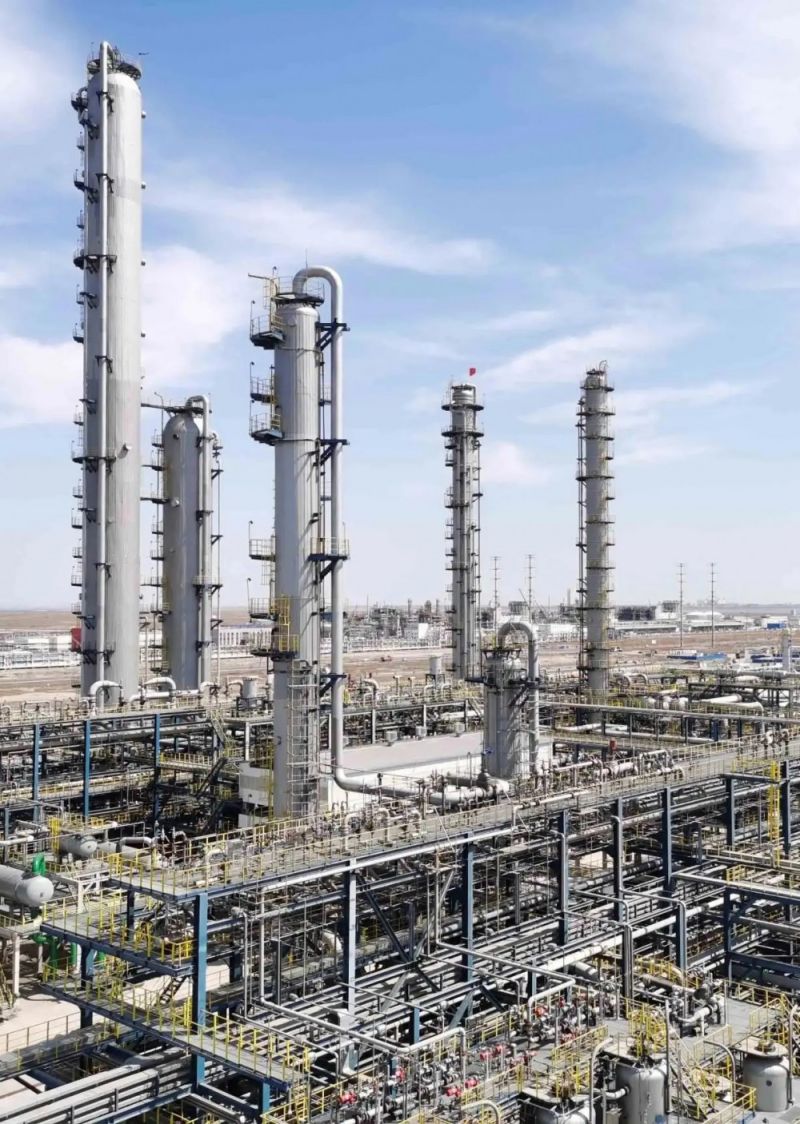
Uae planning ahead
The UAE is also very active in developing renewable energy. In 2017, the UAE released its National Energy Strategy 2050, setting a target of 50% of total energy supply from renewable sources by 2050. In October 2021, the UAE released the 2050 Carbon Neutral Strategic Initiative, which plans to increase the capacity of clean energy, including solar and nuclear power, from 2.4 GW in 2020 to 14 GW in 2030. In November of the same year, the Hydrogen Leadership Roadmap was released, aiming to become a global leader in the low-carbon hydrocarbon sector, with the goal of achieving a 25% share of the major import markets for low-carbon hydrocarbons and their derivatives by 2030. More than seven projects are currently underway, with plans to provide 500,000 tons of hydrogen per year.
The UAE is home to the first green hydrogen plant in the MENA region, a partnership between Siemens Energy and Dubai Electricity and Water Authority, which has been operating since 2021 and is connected to the Al Maktoum Solar Park. A hydrogen derivative production plant for land and air transport is also in operation, funded by a consortium comprising Masdar, a subsidiary of the UAE's Mubadala Investment Company, Siemens Energy, Lufthansa and other UAE investment partners. In August 2021, UAE Helios signed a contract with ThyssenKrupp to conduct a feasibility study for green ammonia production in the Kizad area. In December 2021, French utility provider Enji and Masdar formed an alliance to develop a green hydrogen hub in the UAE. Other projects include the UAE Hydrogen Centre, which will jointly develop low hydrocarbons with BP and create a decarbonisation air corridor between the UK and the UAE; the Taziz-Ruwais Chemical Centre, which will produce one million tonnes of blue ammonia a year; and the Khalifa Industrial Zone in ABU Dhabi, which will eventually produce 200,000 tonnes of ammonia and 40,000 tonnes of hydrogen a year. On May 31, 2023, the UAE Minister of Industry and Advanced Technology announced more than 30 industrial projects worth more than $1.63 billion, including the country's first plant to produce hydrogen by electrolysis, which will be the first facility of its kind in the UAE.
Oman is not to be outdone
Oman's Vision 2040 plan calls for energy diversification, with a recent commitment to achieve zero carbon emissions by 2050, a national Green hydrogen strategy, and the development of the necessary policy regulatory and legal framework to advance the green energy transition.
On June 1, 2023, Oman Hydrogen, a subsidiary of Oman Energy Development Company, signed three agreements to award Oman's first green hydrogen blocks with a total investment of more than $20 billion. The signing of these agreements is another important milestone in Oman's journey towards becoming a global hub for green hydrogen production. The three blocks have more than 12 gigawatts of installed renewable energy capacity and are expected to eventually achieve a total capacity of 500,000 tonnes of green hydrogen per year.
The first block was awarded to a consortium consisting of Copenhagen Infrastructure Partners, Blue Power Partners and Hydra, part of the Oman Hendbawan Group. The consortium will use 4.5 gigawatts of installed renewable energy capacity to produce 200,000 tonnes of green hydrogen per year for the planned green steel plant at Port Dukoum.
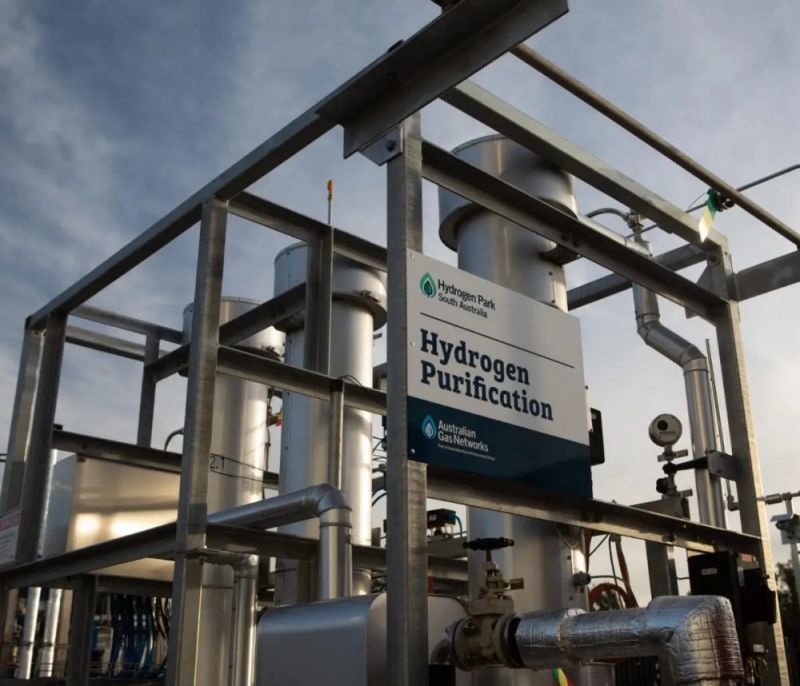
Green hydrogen project
The second project, signed with BP Oman, aims to develop green hydrogen for ammonia production and export. The project will utilize 3.5 GW of installed renewable energy capacity in Block Z1-03 and is expected to produce 150,000 tons of green hydrogen per year.
The third project was signed with the Oman Green Energy Consortium for the development of green hydrogen and its derivatives. The project will utilize 4 GW of installed renewable energy capacity in Block Z1-04 to achieve 150,000 tons of green hydrogen per year.
Saleem Nasser Offi, Minister of Energy and Mines of Oman, said: With the completion of the regulatory framework, industry structure, first investment opportunities and block grant mechanism, Oman is taking the first step ahead of other countries in green hydrogen production. In the coming years, Oman is expected to become one of the leading countries in the field of green hydrogen production.
Mazin Alramki, CEO of Energy Development Oman, said: "Oman is well positioned for green hydrogen production and export thanks to its abundant renewable resources, existing energy and transport infrastructure, industrial ports, and established international partnerships. The development of a green hydrogen economy presents a strategic opportunity for Omani and international companies to collaborate to promote energy security and economic diversification locally and globally.
Saudi NEOM green hydrogen plant 8.4 billion US dollars, the United Arab Emirates 1.63 billion US dollars of industrial projects and Oman 20 billion of 3 projects, combined, the Gulf countries are currently having 30 billion US dollars of green hydrogen projects under development, which also gives other countries investment opportunities, China can build and other Chinese companies have established close ties with these countries.
On June 16, China Energy Construction and Saudi Aljumeia Holding Group signed a strategic cooperation memorandum in Riyadh, Saudi Arabia, taking the signing of the cooperation agreement as an opportunity to innovate cooperation models, strengthen communication and docking, jointly explore the Middle East and global markets, and achieve new breakthroughs in investment and construction fields such as photovoltaic, green hydrogen and green ammonia, energy storage, gas power plants, seawater desalination, and sewage treatment. It will add new impetus to the Belt and Road cooperation between China and Saudi Arabia.





